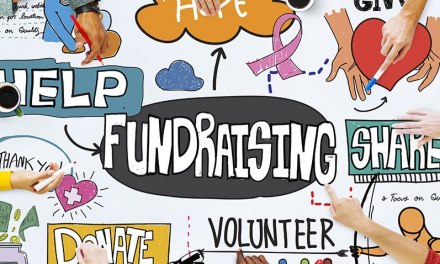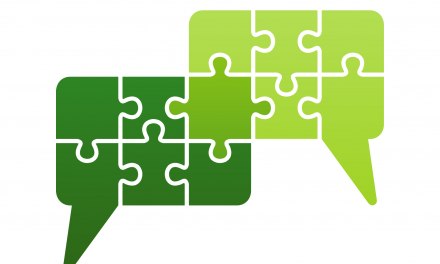I’m leading groups at the IOP level, using the Matrix model. Things go pretty well but we have a high percentage of clients with less than a high school education and literacy is a real problem for many of them. The clients complain about all the written work. I wondered if others had run into this and what they did.”
The Matrix model, for those who aren’t familiar with it, was developed by Richard Rawson et al at UCLA, initially to treat stimulant users, and later adapted to serve as an evidence-based approach for outpatient treatment of chemical dependency. You can purchase the program materials online and review more detailed information here.
The amount of written work is a common complaint from clients confronted with cognitive-behavioral therapies. That’s because of the reliance on reading assignments, worksheets, inventories, etc. At the root of the problem may be the fact that the client is easily discouraged, based on a fund of negative experiences from earlier schooling.
When you’re working on a 12 or 16 week schedule, you probably won’t have time to erase the client’s prejudice against schoolwork. We’ve had some success by altering our approach.
First, try doing written assignments together, in small groups. That way the facilitator can help.
Second, make audio recordings of informational materials, the sort that can be listened to in the car or at home while doing something else. This permits the client to repeat the lesson and perhaps pick up info that was missed at the first hearing. A simple four question multiple-choice quiz can be used to document learning.
Third, make sure to add some motivation enhancement activities to the curriculum. The client may feel like giving up. You want to counter that impulse.














Great information and definitely worth sharing.
Thank you,
Rob
Ocean Breeze Recovery